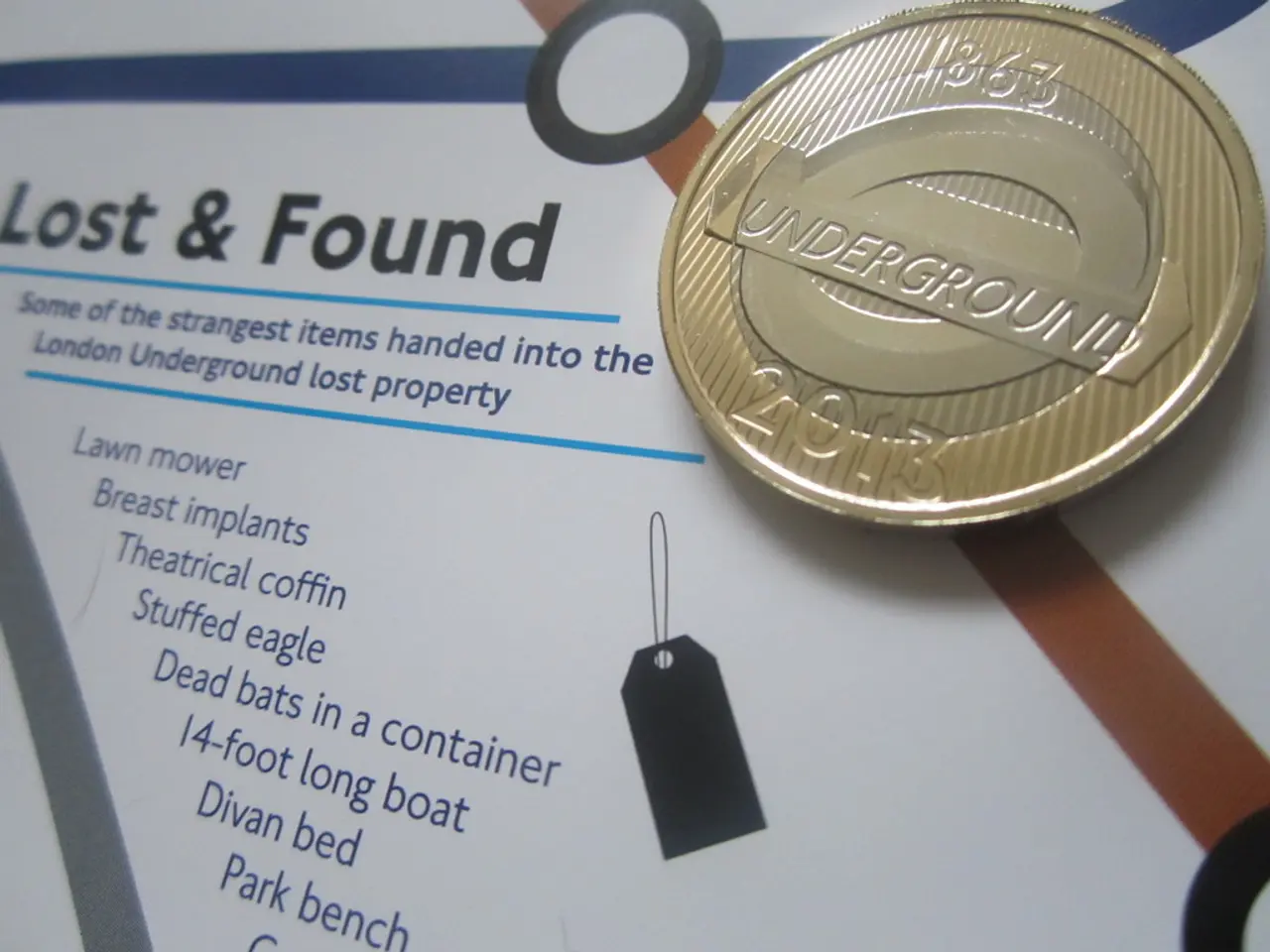Delving into the Competitive Restaurant Industry: Winning Tactics for Multiple Businesses
In a comprehensive examination of the US and Canada's restaurant industry, a striking trend emerges: single-unit operators vastly outnumber multi-unit brands in the market. According to restaurantdata.com, there are approximately 850,000 distinct restaurant brands, with 99.4% being single-unit operators. Despite this, the multi-unit segment offers a more competitive landscape, with a comparatively smaller number of players dominating the market.
To delve deeper, let's examine the landscape of multi-unit brands based on location counts. There are 903 brands operating between 2-4 units, followed by 1,194 brands with 5-9 units, 1,064 brands boasting 10-19 units, 958 operating between 20-49 units, and 362 with 50-99 units. Total locations for these players amount to 4,944. Comparatively, the 399 brands operating between 100-999 locations and the 64 giants with 1,000+ locations represent a considerably smaller market segment.
For restaurant tech companies, this unique market landscape creates both challenges and opportunities. Most companies focus on the limited pool of multi-unit brands, with large-location-count operators like OLO, PAR, Qu, TRAY, Checkmate, and others extending their reach down to brands with as few as three units. This intense competition results in fierce competition for attention among a limited number of brands and downward pricing pressures due to market saturation.
However, success in this arena requires patience, persistence, and delivering an exceptional product over several years. By understanding and addressing the unique challenges and priorities of multi-unit brands, tech companies can position themselves as indispensable partners. This includes providing solutions that unify operations and data across multiple locations, offering scalability without adding headcount, streamlining workflows, and integration with existing software.
Furthermore, tailoring local marketing strategies, enhancing guest experiences, and emphasizing flexibility and customization can drive comp sales growth and differentiate multi-unit brands in a competitive market. strategic partnerships and funding support can also facilitate growth opportunities.
In the following articles, we will delve deeper into this dynamic market landscape, exploring strategies for tech companies aiming to make their mark in the multi-unit restaurant sector. By combining these insights, tech companies can effectively target multi-unit brands, overcoming market concentration and competing amid dominant single-unit operators. Emphasizing integration, scalability, flexibility, and collaborative partnerships will make tech solutions indispensable to multi-unit restaurant operators in the US and Canada.
- In the multi-unit restaurant sector, technology plays a significant role, as tech companies aim to extend their reach to operators with as few as three units, such as OLO, PAR, Qu, TRAY, Checkmate, and others, by offering solutions that unify operations and data across multiple locations, provide scalability without adding headcount, and streamline workflows.
- To succeed in the competitive landscape of multi-unit restaurant brands, technology firms must deliver exceptional products over several years, address the unique challenges and priorities of these brands, and emphasize flexibility and customization in their solutions, such as tailoring local marketing strategies, enhancing guest experiences, and integrating with existing software.




